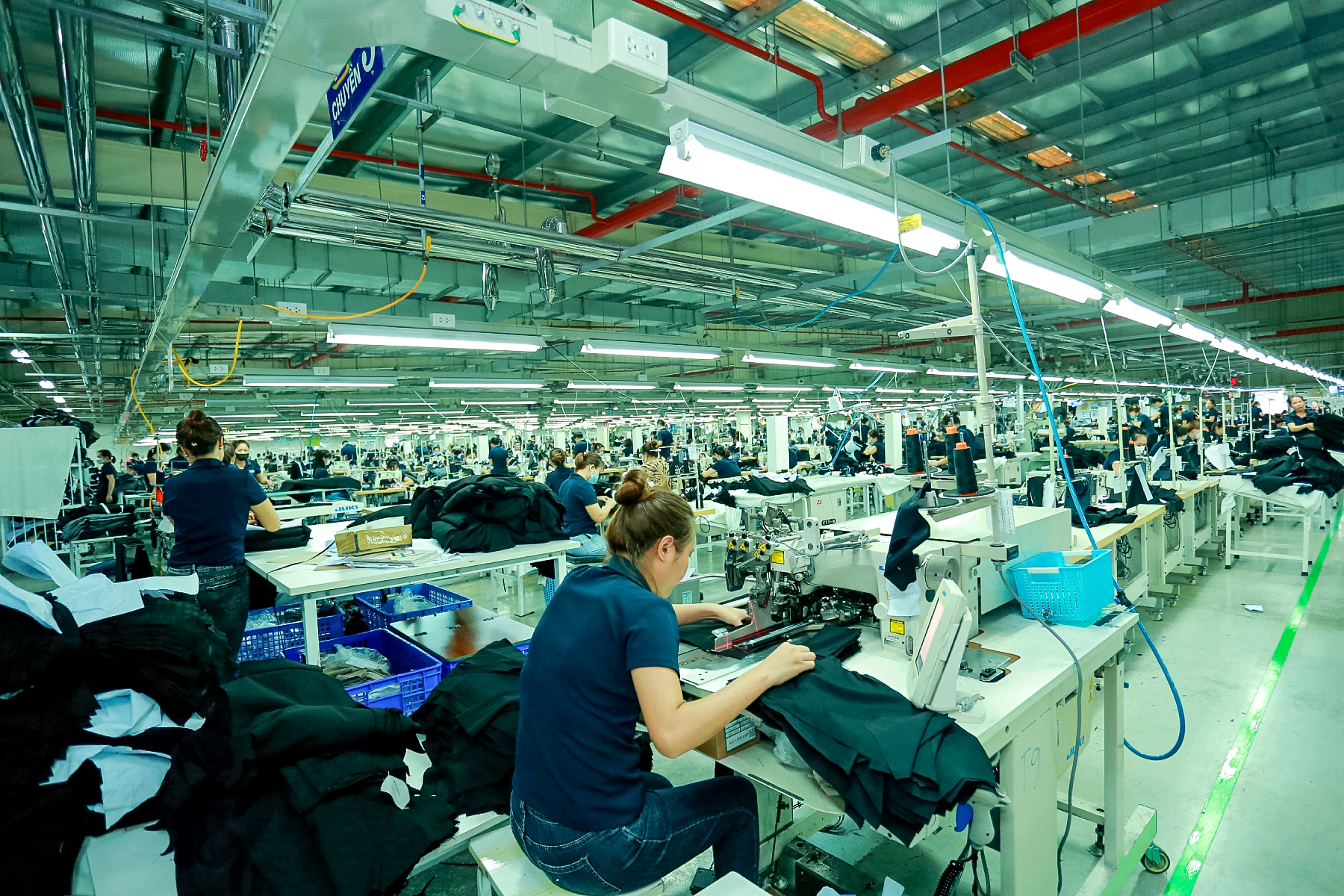HISTORY
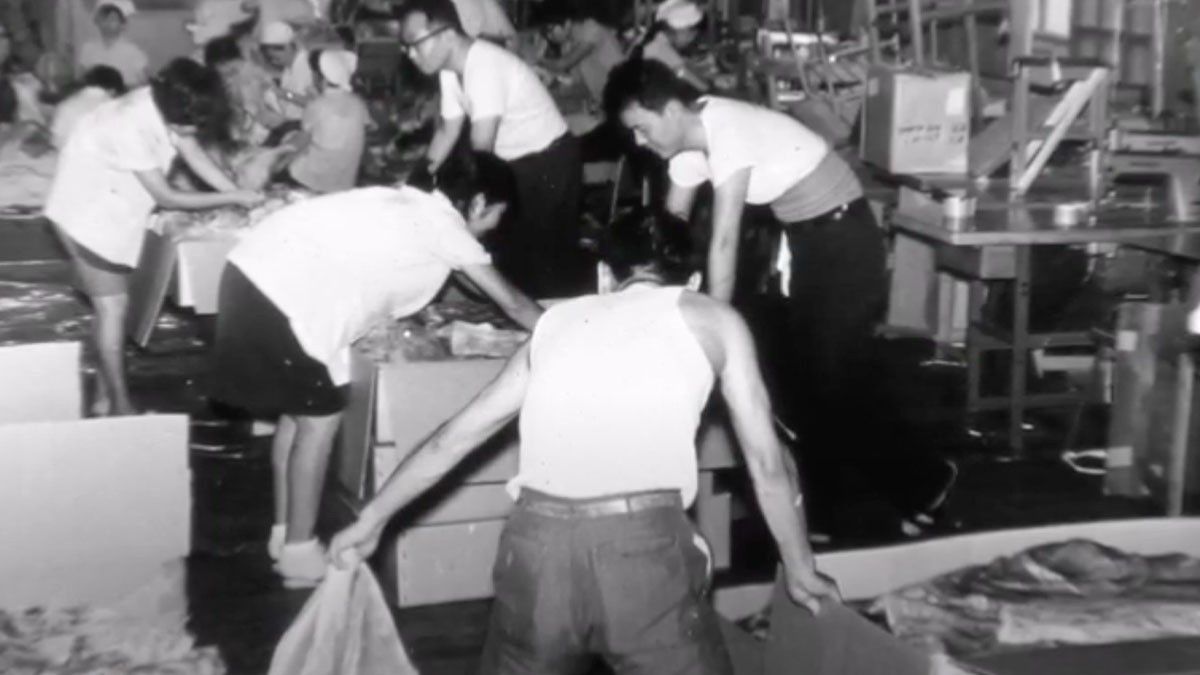
Founded as a kimono shop in Hiroshima Prefecture
MATSUOKA started business as a kimono shop in Joge-cho, Konu-gun, Hiroshima (*currently Fuchu City, Hiroshima). Fuchu City is located in an area called the “Bingo Region” that straddles Hiroshima Prefecture and Okayama Prefecture. Before WWII, it was famous as a production region of “Bingo Kasuri (indigo-dyed kimono fabrics with splashed patterns).” In 1957, shortly after the company was founded, the present representative director, Noriyuki Matsuoka was born.
From a seller to a maker
In the 1970s, orders increased as demand for ready-to-wear clothes expanded. By 1980, MATSUOKA had grown to a scale of about 100 factory workers.
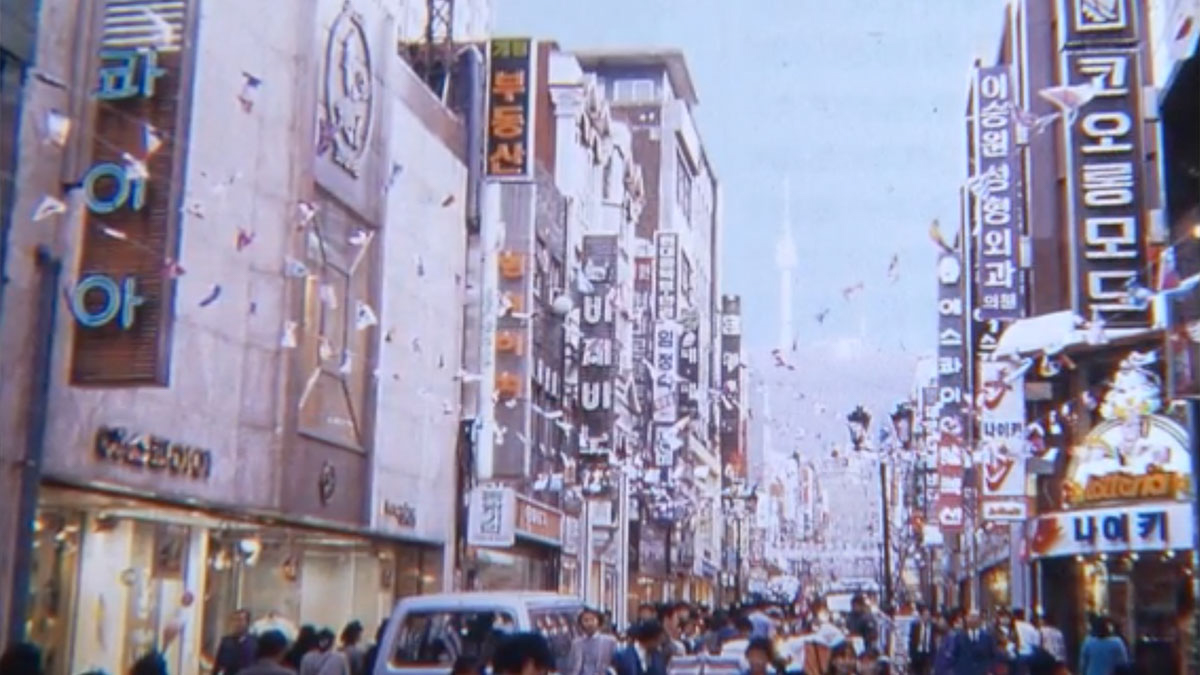
Aiming to establish new places for manufacturing
With rapid economic growth in the 1970s, the apparel industry experienced smooth progression, but in the 1980s, human resources flowed out to the service industry, etc., with the result that personnel working at garment factories began to gradually decrease. With the aging of staff, from the perspective of ensuring a stable labor force, we reached a conclusion: We need to expand overseas in order to continue the sewing business. So, we decided to start outsourced production at a factory in South Korea where labor was abundant. In the factory, thousands of employees were seated side by side in orderly rows busily running sewing machines by foot. On the other hand, the number of people working at our factory in Bingo was only 100. The difference in scale was a great shock.
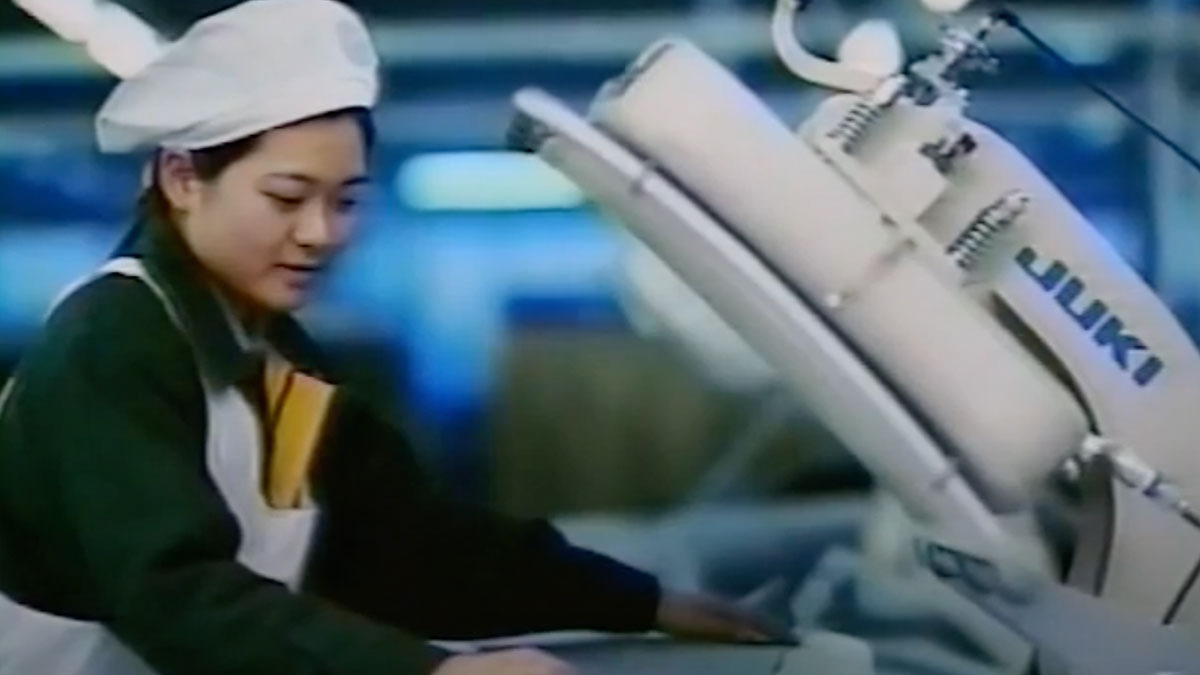
To the next stage in China
In South Korea, excitement and economic bustle created by the spectacle of the Seoul Olympics in 1988, caused young labor resources flow from the manufacturing industry to the service industry, same as in the case of Japan. With a feeling that we could not meet customer needs if the situation remained unchanged, we aimed to manufacture clothes in China as the next stage. It was a decision made under unstable circumstances, in which the Tiananmen Square incident occurred in 1989. We had the chance to make an investment in a factory of 650 workers in Pinghu, Zhejiang, and our factory started in the form of a joint venture. It proved to be a challenge blessed with people encounters.
Realized the first-ever production of 1,000,000 items
Overseas Plants manufacturing started with a strong sense of urgency that there would be no future in continuing the sewing business in Japan as it was, and overseas manufacturing was brought out by our sole purpose of meeting customer expectations. We think that we could recruit people who wanted to work together, who agreed with our new business, by seeking land where no one had been yet with such sole purpose in mind. Finally, we were able to realize production of 1,000,000 items, and recoup the initial investment within just a year.
Closed down all factories in Japan
Our factory in China, which started with 650 workers, expanded to 3,000 workers three years later, in 1993. “Manufacturing,” however, does not exist only within a factory. Our garment factory could not move until fabrics, buttons, and all other materials were delivered to it, and we needed to create supply chains for the sewing business that transcends the sea. Therefore, we decided to operate factories in China as our main production base, and closed down all factories in Japan.
Listed as B-shares on the Shanghai Stock Exchange
Our production in China achieved smooth progression, and we were listed as B-shares on the Shanghai Stock Exchange in 1999. Since many garment factories that handled working wear and casual wear were growing at that time in Zhejiang, we also established a new factory in Jinshan, Shanghai with the funding we had obtained from the listing. With many workers and many orders, local companies grew quickly. It was a time when China’s development accelerated as industries and cities achieved remarkable breakthroughs.
Built production bases across Indochina
For diversification of risk of production areas, we took over a Japanese factory in Myanmar and started operations in 2004. In 2007, we became the first Japanese garment maker to launch a factory in Dhaka, Bangladesh. After that, in 2009, we established a new factory dedicated to functional underwear in Bhaluka, Bangladesh jointly with “Toray Industries, Inc.” Additionally, with thinking that risks could be hedged by locating production bases in the east and west of Indochina, we established a factory in Hanoi, north of Vietnam in 2015, and also in Indonesia as a joint venture with “Fast Retailing Co., Ltd.,” “Chori Co., Ltd.,” and “Toray Industries, Inc.” in 2018.
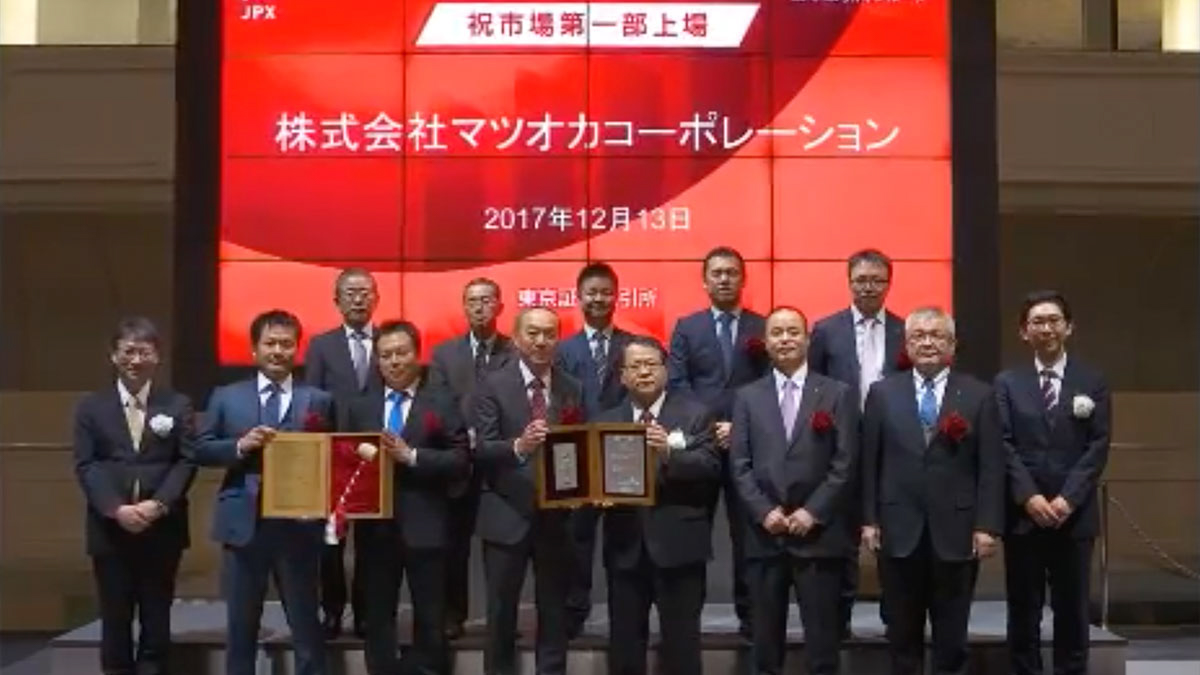
Listed on the first section of the Tokyo Stock Exchange as the first sewing business
In December 2017, we were listed on the first section of the Tokyo Stock Exchange, which was our long-standing goal. This made us feel that we would have to work even harder because this was a first in the apparel garmet industry. In other words, however, it meant that the actual circumstances of the sewing business had not been unveiled until then. In the future, we would like to ensure the “permanence” of not only “MATSUOKA in the garment industry” but also the sewing business itself by firmly establishing our governance system based on compliance, while widely and appropriately disclosing our management information.
Toward achieving new growth
In anticipation of a post-corona recovery in demand, it is expected that in the near future, there will be an overwhelming shortage of garment factories, so-called “making places.” In order to firmly deal with the recovery in demand for apparel, we are shifting our production bases to highly cost competitive ASEAN member countries, based on the medium-term management plan “Vision 2025” announced on May 2021. Among them, we have made large-scale capital investments and expanded our production bases to Vietnam and Bangladesh, which are countries expected to have high growth rates. We will expand our production capacity and supply chains to promote diversification, aiming to achieve new growth post-corona.
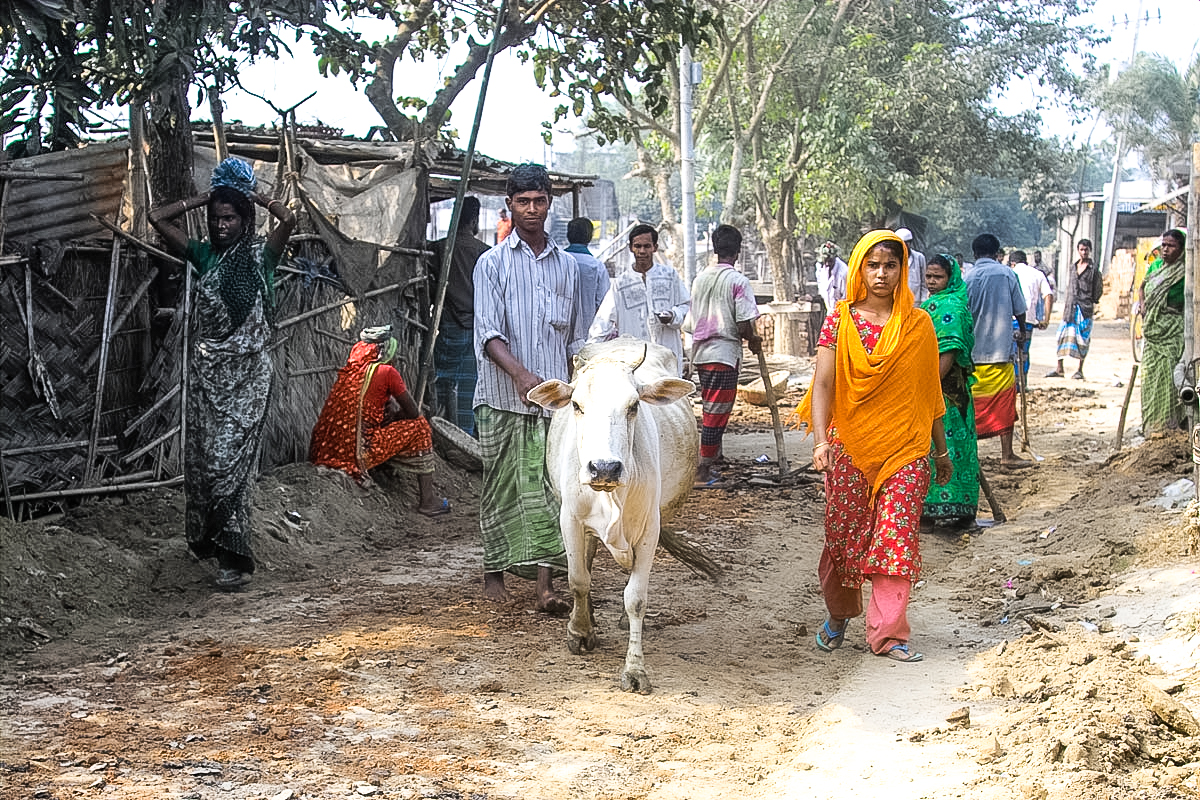
To spin the future of the garment industry
Due to unstable situations around the world and the corona pandemic, it is expected that risks affecting global supply chains will increase, and garment factories in China, ASEAN countries, etc., will decrease in the future. While resolving inevitably rising labor costs and fixed costs by improving productivity and other factors, we must think how the apparel industry as a whole can coexist with these risks. In addition, amid calls for “sustainability,” companies are being asked to pay additional costs related to the “environment,” “human rights,” etc. We will strive to deliver to our customers “what they want, the amount they want, and when they want it,” by diversifying our production and supply networks through well-balanced expansion of our highly specialized and versatile overseas factories focusing mainly on ASEAN countries.





